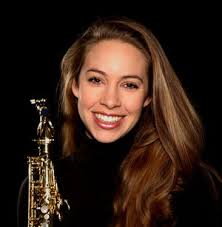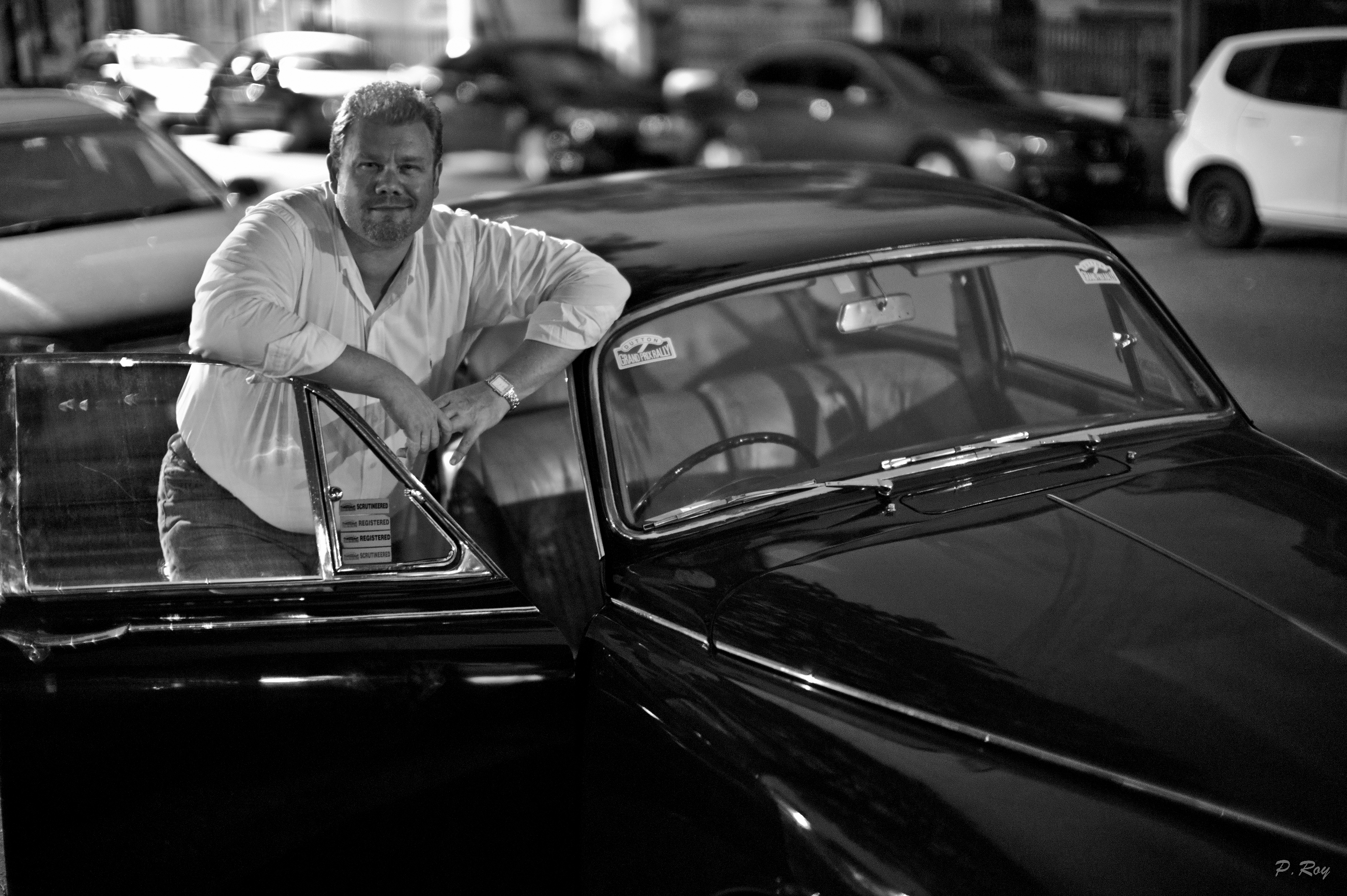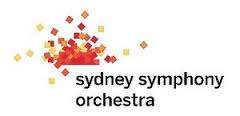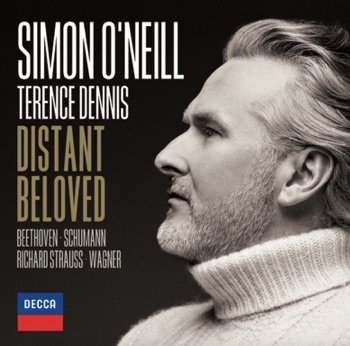Classical sax – taking it to the 21st century.
 Earlier this month, at London’s Royal Albert Hall, Sydney born Amy Dickson was named the 2013 Classical BRIT Award’s Breakthrough Artist of the Year for her new album Dusk & Dawn.
Earlier this month, at London’s Royal Albert Hall, Sydney born Amy Dickson was named the 2013 Classical BRIT Award’s Breakthrough Artist of the Year for her new album Dusk & Dawn.
This is notable for two reasons. Dickson is the first Australian to win a Classical Brit Award; second, it signals a new interest in the saxophone with compositions in a ‘classical’ vein and in programming this music in the concert hall and on recordings.
Whilst the profile of the saxophone in jazz music is unassailable, its presence in the classical repertoire has been erratic. Invented in 1840 by the Belgian Adolphe Sax, it was taught in music conservatories and became an integral part of military bands in Europe, Russia and America. Debussy, Glazunov, Ibert, Hindemith and Villa-Lobos wrote dedicated works for the saxophone and Richard Strauss, Gershwin, Shostakovich, Britten, Copland, Vaughan-Williams and Ravel are amongst the dozens of composers who included the saxophone in their orchestral and operatic scores. There is even a small canon of works for saxophone ensembles.
Despite this, from the 1920s the saxophone belonged in the world of jazz – until now.
Amy Dickson spoke to SoundsLikeSydney about her chosen instrument and its renaissance.
“There are many composers who along the way used the saxophone in the classical context, often to describe a specific voice or character. Composers have always been interested in writing for the instrument, but it took time to develop mechanically before it settled down into a reliable working machine. It’s only been in the last 10 or so years that it’s become a well established, well functioning instrument. The time from conception to complete working perfection can be quite lengthy.”
Think of the stages through which the piano evolved before arriving at its present form. An instrument is, after all, a piece of machinery, and Sax’s invention, appearing at the end of the Industrial Revolution, was introduced to the world at the second Brussels Industrial Exhibition of August 1841 as saxophone basse en cuivre. The instrument was given its present name by none other than Berlioz in June 1842. Sax’s prototype was protected by patent until 1866 when other manufacturers became free to add their own refinements to the mechanism. Today, the saxophone is an intricate piece of machinery consisting of over three hundred separate parts, most of which have to be assembled by hand.
Dickson says some of the allure of the saxophone’s sound lies in its proximity to the voice, its, expressiveness, and variety of timbres. “Every player can have their own voice. Its creates a new sound world.” Therein lies one of the reasons she identifies with the saxophone. Although she learnt the piano in parallel and plays the entire family of saxophones, she specialises in the soprano and alto instruments because, she says ” I feel like I’m singing when I play. I was 6 when I started playing the saxophone – it was old and only three keys worked, but playing it felt very natural. Because I had played the piano, then took up the saxophone and played both till the age of 19. I knew what I felt comfortable with.”
Talking of comfort, and perhaps surprisingly for a saxophonist, classical music is Dickson’s preferred genre. “The technique for playing jazz on the saxophone is very different to the technique for playing classical repertoire. The embouchure ( the way the mouth and lips are shaped to blow into an instrument) is very different and the whole mouth, throat and tongue are set up very differently. I enjoy playing jazz, but it’s not quite my native tongue – it’s like a foreign language that I’ve learnt because I’ve gone to live in country away from where I was born. My personal preference is for the classical repertoire. That’s what I was meant to play.”
Now based in London, Amy Dickson made her concerto debut aged 16 performing the Concerto pour Saxophone Alto by Pierre Max Dubois Concerto with Henryk Pisarek and the Ku-ring-gai Philharmonic Orchestra. She was awarded the James Fairfax Australian Young Artist of the Year award and later moved to London where she studied at the Royal College of Music with Kyle Horch and the Conservatorium of Amsterdam with Arno Bornkamp. She became the first saxophonist to win major competitions including the Royal Overseas League Competition, the Symphony Australia Young Performer of the Year Competition, and the Prince’s Prize. Her performances have taken her to the Vienna Konzerthaus, Wigmore Hall, the Royal Albert Hall and the Sydney Opera House as an ensemble player and soloist with orchestras which include the Sydney Symphony Orchestra, the Vienna Chamber Orchestra, the Philharmonia and London Philharmonic Orchestra.
Back to the conversation. Is there new ‘classical’ repertoire being written for the saxophone? “Absolutely”, she says. “Ross Edwards composed Full Moon Dances, Concerto for alto saxophone and orchestra for me which I premiered with the Adelaide Symphony Orchestra, and performed with the Sydney Symphony last year, and I’m about to record a work that Peter Sculthorpe also wrote for me last year, with the SSO, as well as a new adaptation of a previous work. I am collaborating with Brett Dean as well as composers in London and the US. I’ve never met composer who has not been interested in writing for the saxophone. Making the music programmable is one way forward – and it’s very exciting.” Another way forward is by incorporating music with ‘classical’ aesthetics into the cinema. The 2013 Classical Brit Awards, representing UK record companies and Dickson’s previous CD Catch me if You Can were strongly influenced by film music. Dickson says ” I think that there is a growing appreciation and respect for film music it’s wonderful to see that a lot of film music is being respected as much as symphonic music.”
Dickson’s latest CD, Dusk & Dawn is released in Australia on October 2013. ” I had the idea of bringing it all together by pulling together 1950s and 1960s sound tracks with shimmering strings and alto flute. I mentioned it to Sony, we put the initial idea together and talked about it for a very long time to find a concept that was going to work because we had number of pieces that we were fond of. We eventually spoke to a wonderful producer, James McMillan who knew a lot about capturing that sounds world, he called in the two producers, and we recorded at Angel Studios in London, using the same amplifiers and microphones that were used in the ’60s. It’s clever and beautifully put together. It came together very nicely as a diverse range of genres.”
Shamistha de Soysa for SoundsLikeSydney©
Read our review of Amy Dickson’s recent release Catch Me If You Can
Click here to go in the draw for copies of Amy Dickson’s latest CD Dusk & Dawn.
Watch for our review of Dusk & Dawn.







